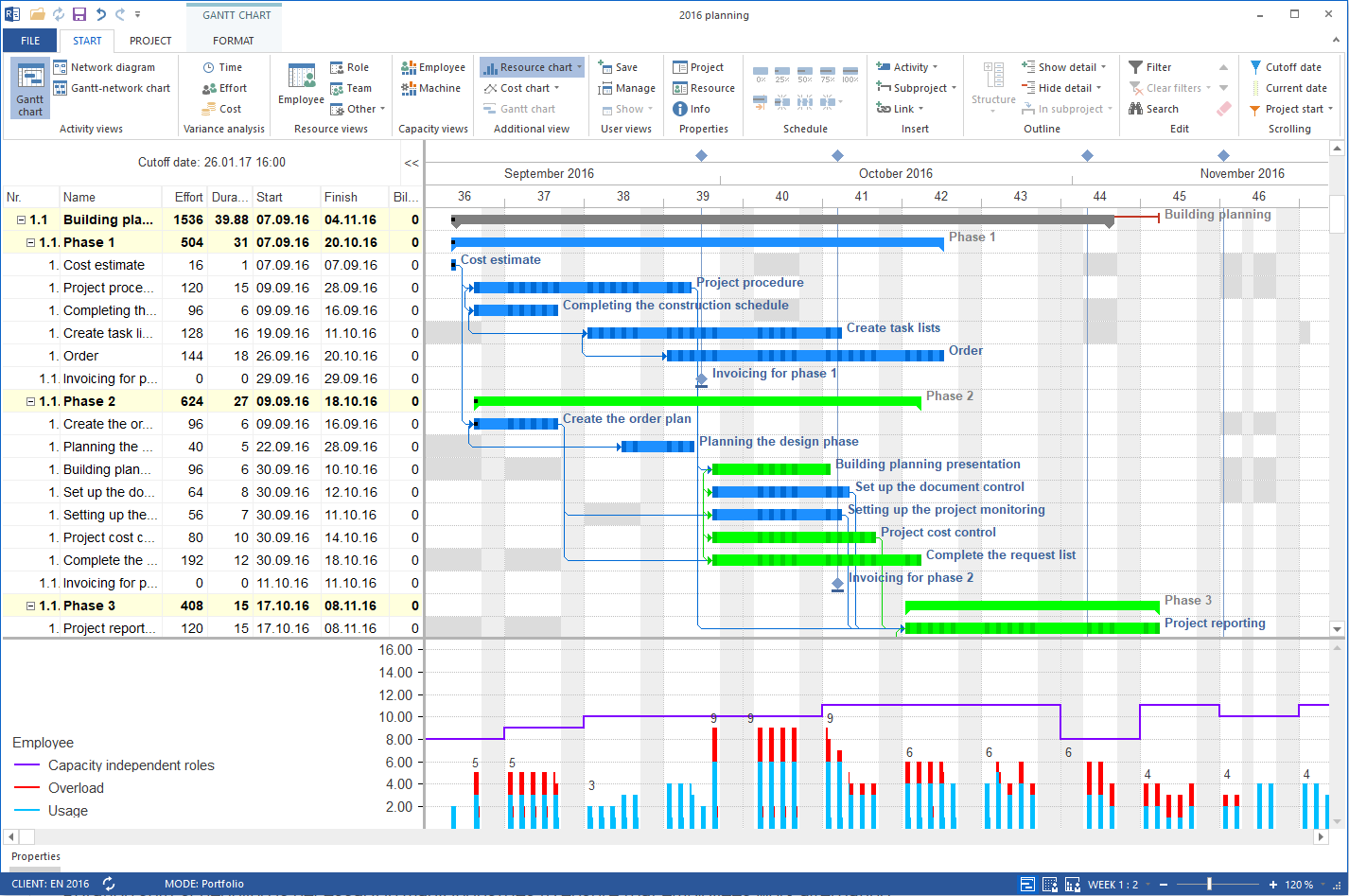Efficient Shift Scheduling Made Easy
Shift scheduling is an essential component of management in numerous industries, especially in sectors such as retail, healthcare, manufacturing, and hospitality. Efficient shift scheduling can not only boost productivity but also increase employee satisfaction. Modern businesses are increasingly turning to shift scheduling software to streamline this process and minimize errors. In this article, we will delve into shift scheduling software, exploring its various functions and capabilities.

Creating Shift Schedules
One of the fundamental features of shift scheduling software is the creation of shift schedules. This software allows managers and planners to quickly and efficiently create schedules without relying on complex spreadsheets or handwritten lists. Employees can be easily added to the software, and it automatically takes into account working hours, breaks, and rest periods.
Rotation Shift Scheduling
Rotation shift scheduling is necessary in many industries to ensure that employees work alternating shifts and are treated fairly. Shift scheduling software offers the ability to create automatic rotation shift schedules, ensuring that employees have equal opportunities for different shifts. This helps avoid overload and dissatisfaction.
Employee Availability Check
Considering employee availability is crucial when creating shift schedules. Shift scheduling software enables managers to check employee availability and adjust schedules accordingly. This minimizes conflicts and ensures that employees can work during their preferred times.
Predicting Staffing Needs
Predicting staffing needs is critical to ensure that a company has enough personnel during peak times while minimizing costs. Modern shift scheduling software can access historical data and forecasts to predict future staffing needs. This allows managers to plan schedules in advance and avoid shortages.
Integration with Time Tracking
Integrating shift scheduling software with time tracking systems is essential to ensure accurate timekeeping. When shift schedules are directly linked to time tracking systems, employees can easily record their working hours, and the software can automatically calculate overtime and undertime.
Examples of Shift Scheduling Software
Deputy is comprehensive shift scheduling software that supports the creation of shift schedules, rotation shift scheduling, and employee availability checks.
When I Work offers features for easy shift schedule creation with automatic rotation and employee availability checks.
Shiftboard enables monitoring employee availability and creating schedules based on this information.
Sling uses intelligent algorithms to determine optimal staffing needs based on historical data and forecasts.
TSheets seamlessly integrates shift schedules with time tracking systems, making it easier to record and synchronize working hours with the created schedules.
Rillsoft Project offers the following features:
- Easy shift schedule creation with automatic rotation, working hours adjustment, and task assignment.
- Monitoring employee availability and creating schedules based on this information.
- Support for predicting staffing needs, with intelligent algorithms determining optimal staffing based on simulations and forecasts.
- Seamless integration with time tracking systems, providing an easy way to record working hours and synchronize them with created schedules.
In conclusion, shift scheduling software solutions provide an efficient way to create shift schedules, consider employee availabilities, predict staffing needs, and optimize time tracking. These tools are invaluable to businesses in various industries, contributing to smoother and more effective operations. With the right shift scheduling software solutions, companies can save time while increasing employee satisfaction.
